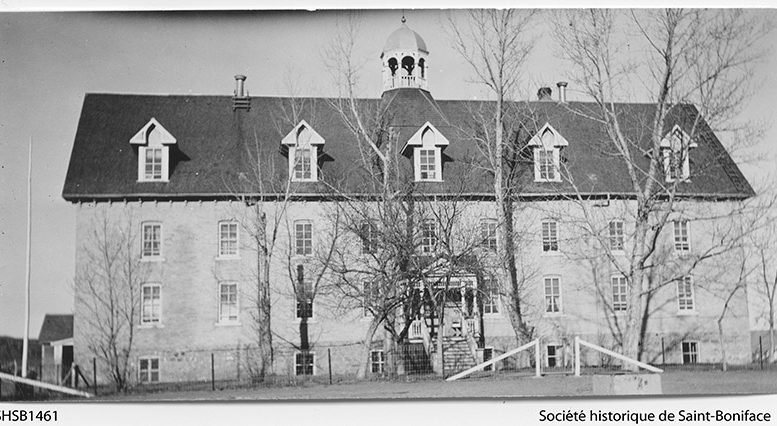By Jake Cardinal, Local Journalism Initiative Reporter
(Trigger Warning) – The following article contains overt discussion of Residential Schools which may be triggering and/or distressing to some readers. A national 24-hour Indian Residential School Crisis Line is available at 1-866-935-4419.
Earlier this month, the Cowessess First Nation, located about 165 kilometres east of Regina, successfully identified more than 300 people discovered in unmarked graves at the site of the former Marieval Residential School.
The Marieval Residential School was operated from 1899 to 1997. It was run by the Roman Catholic Church until the Canadian Government took over operations in 1968.
In June 2021, the Cowessess First Nation discovered 751 unmarked graves at the Residential School site using ground-penetrating radar.
Cowessess Chief Cadmus Delorme said that the First Nation’s research team has been attempting to identify the remains using archival records from a number of institutions such as the Roman Catholic Church, Indian Affairs, the Federal Government and the RCMP.
While none of the aforementioned institutions have been trying to keep records classified, some records have been difficult to find, said Chief Delorme.
“We’re giving them the benefit of the doubt, but we’re holding feet to the fire that those are our records, and it’ll help us in our healing to make sure that every unmarked grave has a name so we can really allow them to rest in peace,” said Delorme.
Unfortunately, despite the available records, Chief Delorme believes that identifying each of the 751 graves is unlikely.
He also clarified that not all of the graves would be children who attended the Marieval Residential School, as the site also served as a burial ground for neighbouring communities and Roman Catholic faith-goers between 1890 to 1960.
However, despite the identities of the people buried, Delorme has spoken of the First Nation’s plans to erect a permanent memorial for those discovered at the site. They are currently working with Residential School survivors to determine what the memorial will look like.
There are currently 751 red flags marking each grave temporarily.
“It’s progress. It’s relief. It’s validating,” said Chief Delorme.
“To know that there were once windows behind us, where our family members looked out and they should not be able to sing, dance, or pray — we’re doing that.”
Unmarked Graves Across the Country
While the Cowessess First Nation discovery is tragic and has had a tremendous effect on the country, it is unfortunately not the first instance of unmarked graves being discovered on Residential School grounds.
In May 2021, the Tk’emlúps te Secwépemc First Nation in British Columbia announced that they had discovered the remains of approximately 215 people at the former site of the Kamloops Indian Residential School.
The First Nation also used ground-penetrating radar to detect anomalies in the ground.
While it is tough to pin-point the exact number of unmarked graves containing Indigenous peoples, there is certainly more to be discovered over the next months as areas like the Charles Camsell Hospital in Edmonton and the Mohawk Institute Residential School in Brantford, Ontario are currently being investigated.



Be the first to comment on "Cowessess First Nation successfully identifies 300 people from unmarked graves"